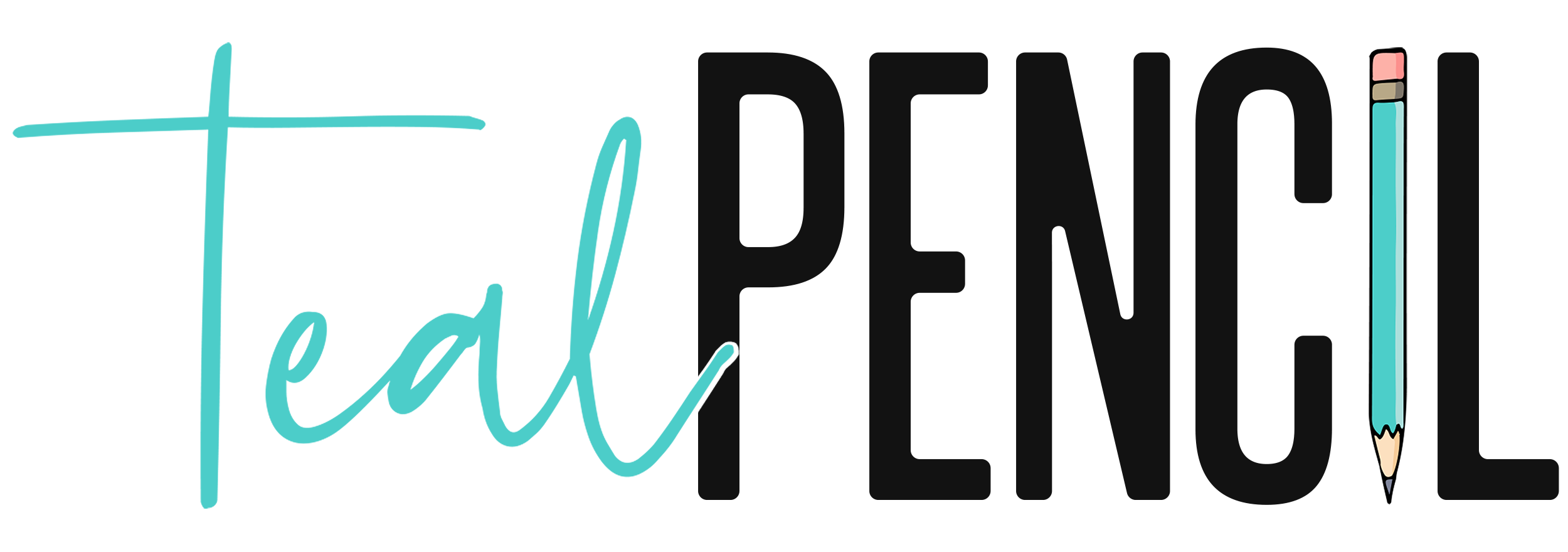I’ve been wanting to share how I decided to do my word wall this year. Normally I use my back cabinets for a traditional word wall that includes various high frequency and hard-to-spell words in alphabetical order. But I noticed that the word skills my kids seemed to need the most help with were the basic word skills we teach throughout the year (parts of speech, homophones, contractions, etc.).
So this year I decided to use my back cabinets to showcase various work they’ve done with each skill that I will leave up all year. I spend one week per skill for the first nine weeks. So by the end of the ninth week, our “word wall” is complete! My students reference it ALL THE TIME! I tried to find and create activities that would help them visually remember the specific skill (for example, we made “synonym rolls” to learn synonyms, and we did a fun foldable to help learn how contractions are made).
I may tweak some activities (or choose entirely new ones) next year, but overall I like this idea of kids being able to reference the word skill as something they have created. Here are pictures of my word wall, as well as links (where applicable) to the different templates I used.
| A view of the entire word wall. |
| We used Frame Magic on the student iPads to act out and label various verbs. |
| We used Frame Magic on the student iPads to find pictures of and label the different types of nouns: person, place and thing. |
| Students rotated around to various stations to add their own adjectives (on post-its) to these vivid images I found online. |
| Students chose homophone pairs to represent in pictures. The word cards and picture templates are part of my “Homophones and Multiple Meaning Words” pack. |
| We did “Poppin’ Antonyms” for our lesson. Each popcorn box has a word on it. Students searched to find antonyms for that particular word and wrote them on the different popcorn pieces. |
| This idea came from Mrs. Russ’ Rockets. Students made multiple-meaning M&Ms for this activity. They chose a multiple meaning word and wrote two separate sentences for it that demonstrated the different meanings. |
| This is a traditional compound word activity where students write and illustrate the two separate words needed to create a compound word. |
| After discussing how apostrophes replace missing words in contractions, students dissected and reassembled their own contractions. See below for a close-up picture of what this looks like open. |
| A closer view. |
I hope you find these helpful!

